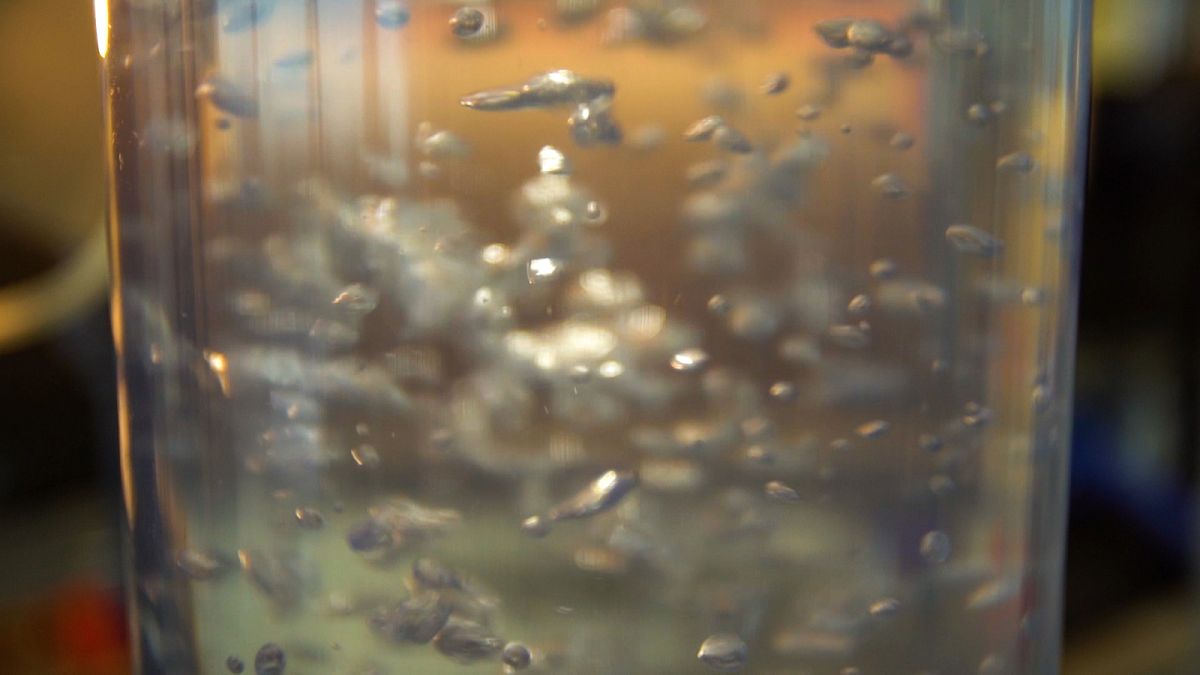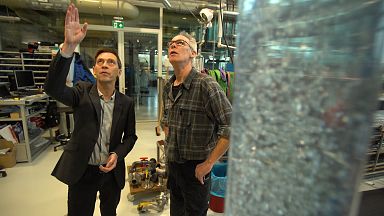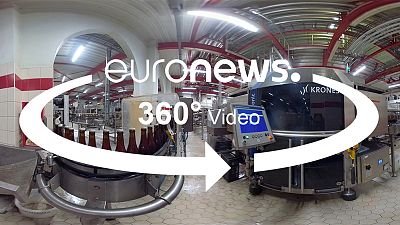A 19th Century abbey in the Netherlands has become a case study on how to better manage water resources in 21st Century Europe.
Trappist monks in the Netherlands are turning brewing waste into pure, clean drinking water, thanks to a combination of modern technology and nature itself.
It’s part of the NextGen European research project aimed at improving the management of water resources used in industry and agriculture.
The monks at Koningshoeven Abbey in Berkel-Enschot started brewing beer in 1884.
Today the brewery produces some 145,000 hectolitres a year - at an average rate of around 10,000 bottles per hour.
But it’s not without an environmental cost. Every hour, the brewery produces 15 cubic metres of wastewater.
The brewery’s director, Brother Isaac, told Futuris: "We pray seven times a day. We start at 4 am. We thank God for the Creation, for its beauty and its cleanliness. But at the same time, we are involved in an activity which is heavily polluting. So our aim is to give this water back to nature. But for that, we first need to purify the wastewater. Our final aim is to turn wastewater into drinking water, into water that we can drink."
The abbey has a special greenhouse that can treat 438 cubic metres of wastewater every day, with the help of 200 different plant species and 3,000 types of bacteria.
István Koller, an adviser with the local water board, said: "What we are building here is a kind of luxury residence for all kinds of bacteria. So that they can feel comfortable and they do their job, cleaning the water."
The installation will soon be able to also recover carbon, nitrogen and phosphorus from wastewater.
Scientists want to expand the scope of water in the circular economy and eventually help to develop new approaches, solutions and business models.
Jos Frijns, an environmental engineer with KWR Water and NextGen project coordinator, said: "We see numerous opportunities, for example in re-using water, or recovering energy from water, it could be heat or biogas. But also recovering nutrients from wastewater."
There are 10 case studies in the project, including a giant greenhouse at Maasdijk in Westland, which produces 4.2 million kilograms of cocktail tomatoes every year.
The 9.4-hectare greenhouse relies heavily on rain as a primary water source instead of the brackish groundwater that is common in the Netherlands.
But when there is not enough rain, a closed-loop, totally sealed filtration and desalination system guarantees that wastewater is cleaned and constantly reintroduced to feed the plants.
Researchers say they are also exploring ways to further close the water cycle with the help of rain storage systems inspired by nature.





